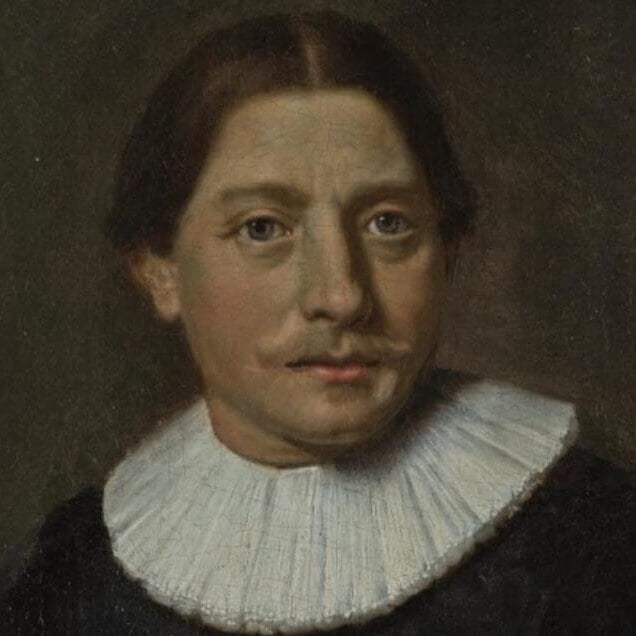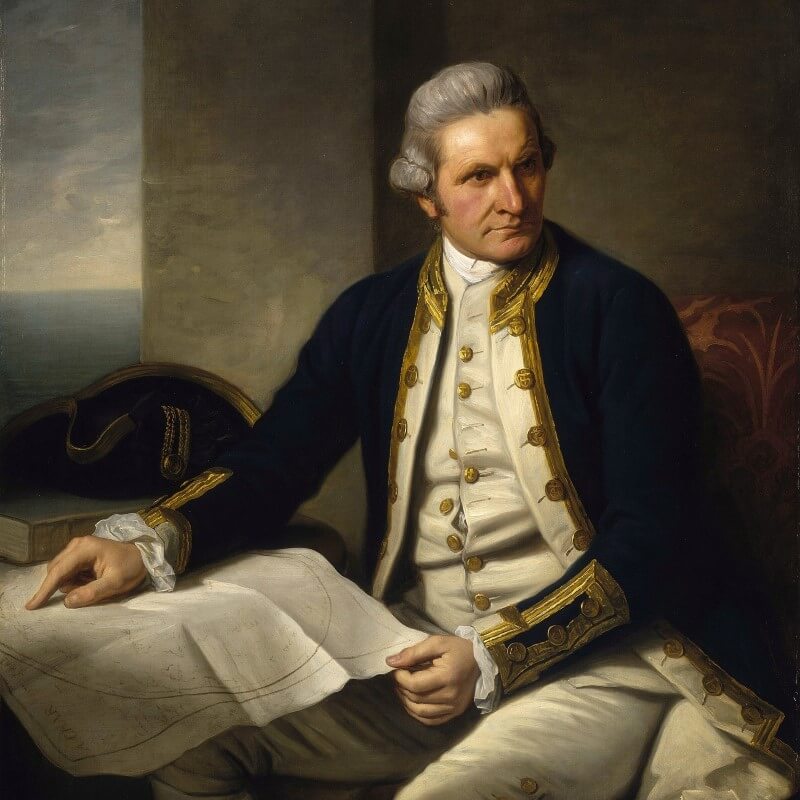The Waitangi Treaty Grounds is a historic attraction in New Zealand. This is, in fact, the place where New Zealand officially gained its independence from Great Britain on February 6, 1840. At the Treaty House, one of the attractions on the grounds was James Busby (1802- 872) and some Maori tribal leaders signed the treaty. Since 1975, Waitangi Day has been an official holiday in New Zealand and celebrations take place at the Waitangi Treaty Grounds every year. Anyone who wants to learn more about New Zealand’s history should absolutely visit this place. Off to the Waitangi Treaty Grounds …!

New Zealand’s history as a nation begins here …
Although New Zealand became a British colony and is still part of the British Commonwealth, it was Dutchman Abel Tasman (1603-1659) who was one of the first Europeans to discover the country in 1642. Upon arrival at the quay, he was welcomed by the local population, the Maori, with trumpets, not knowing what that meant. They did not understand each other, but when the next day 4 of Tasman’s people were killed the message was clear. Tasman left, explored the islands, and never returned….
More than 100 years later, it was British mariner James Cook (1728-1779) who arrived in New Zealand on his first expedition in 1770. Unlike Tasman, he was much more positive about the area and claimed it as a colony of Britain. His relationship with the Maori was also somewhat better than Tasman had with the locals. But the Europeans were not eager to settle here….


The Treaty of Waitangi?
At the beginning of the 19th century, major changes were taking place in New Zealand. Traders, missionaries, and whalers flocked to New Zealand and indulged in drinking and prostitution. By 1840, there were about 2,000 Europeans living in the country against 115,000 Maori, and the relationship seemed to be getting worse, partly because of conflicts over land divisions appropriated by the Europeans. Time for an agreement that we now know as the Treaty of Waitangi….
But before the Treaty of Waitangi was signed, it was the Declaration of Independence of New Zealand in 1835 that preceded it. This involved northern Maori chiefs and the British envoy to New Zealand, James Busby. But it was primarily a message to the French, who were planning to colonize New Zealand.

On February 5, 1940, Maori tribal leaders and James Busby met in Waitangi. The Maori were given protection by England and in return, the British Queen Victoria was able to buy land in exchange for privileges for the Maori. In the decades that followed, conflicts arose mainly due to the correct interpretation of the Treaty, which was written in both Maori and English. The Maori thought that all of New Zealand belonged to them; the English believed that this applied only to the territories they owned at the time. And still, there is controversy over the correct interpretation.
Nevertheless, February 6, 1840, is considered the day New Zealand came into existence as a state. Since 1974 it has been a national holiday under the name Waitangi Day.

Sights of the Waitangi Treaty Grounds
If you want to learn more about New Zealand’s history as a state then the Waitangi Treaty Grounds is the place to be. Don’t hesitate to spend a few hours there, because there are a number of things you shouldn’t miss. Below are a number of interesting attractions.

Te Kōngahu Museum of Waitangi
Since 2016, you can visit the Te Kōngahu Museum of Waitangi. If you want to know more about the background of this treaty than you can find in this article, be sure to visit this interactive museum.
Te Wao Nui o Tāne
After visiting the Te Kōngahu Museum of Waitangi, you’ll find yourself in Te Wao Nui o Tāne, or the Empire of Tāne. Here you’ll learn about New Zealand’s beautiful flora and fauna, including 2 camellia trees allegedly planted by the Busby family in 1833.

Treaty House or Busby House
The most important place to see is the house where the Maori chiefs and Brit James Busby signed the treaty. In 1834, he was the first British envoy to live in this place and have his office. Also, it was in 1834 that the Maori raised their first flag here and this was also the place where the Declaration of Independence was signed. In the rooms, you will find information about these events.

Maori War Canoe
The largest war canoe, also called Ngātokimatawhaorua is here on the grounds under a canopy. The Waka (canoe) plays an important role in Maori culture and this one was built to mark the 100th anniversary in 1940 of the Treaty of Waitangi. Every year on February 6, the Waka is used to celebrate the festivities surrounding this day. The canoe is about 38 meters of land and made of Kauri trees with the approval of Tāne Mahuta, the Māori god of the forest.

A war canoe of the Maori
The Waka, a war canoe of the Maori
Te Rau Aroha Museum
In addition to the Te Kōngahu Museum of Waitangi, you can also visit the Te Rau Aroha Museum. This museum tells the story of The 28 (Māori) Battalion. During World War II (1939-1945), they left for the Middle East and Europe to fight against the German and Italian occupiers. It consisted of about 800 people, divided into 5 divisions. The museum tells the story of the family and the victims.

Te Whare Rūnanga + cultural performances
Te Whare Rūnanga is a meeting place in a typical Maori style. Built-in 1940, this building is made of wood and other natural materials. Together with the Treaty House, the two embody the partnership between the British Crown and the Maori.
Several times a day you can attend a cultural performance by the Maori. Be sure not to forget this, as it is a unique experience to discover the culture of the locals.

Practical information for visiting the Waitangi Treaty Grounds
The Waitangi Treaty Grounds is a unique place to discover the history of the country. The grounds are open daily from 9 am to 6 pm during the months of November through March. The rest of the year is between 9 am and 5 pm. Admission to the grounds costs $50 New Zealand dollars.
Staying near the Waitangi Treaty Grounds? Book a hotel or hostel in Paihia
How to get there?
The best way to reach the Waitangi Treaty Grounds is by rental car. From Auckland, it takes about 3 hours. Looking for a rental car? I booked a rental car with Sunny Cars. This rental company is slightly more expensive than usual, but everything is nicely arranged and you have the All-in car rental according to Sunny Cars.
Maybe also interesting?
Do you have any tips, ideas, or comments about Waitangi Treaty Grounds in New Zealand? Feel free to leave a message below.